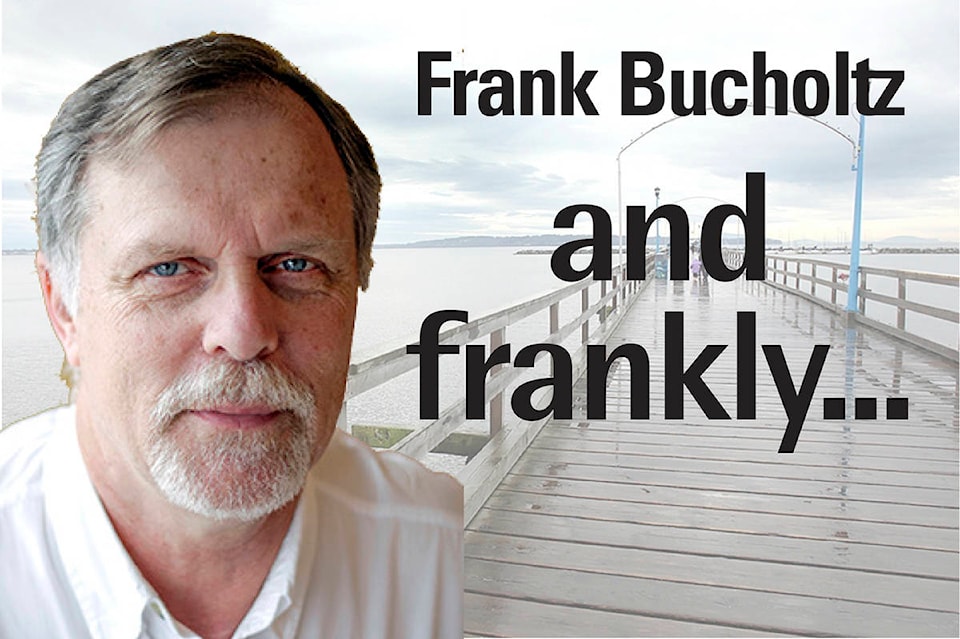Trees ingest huge amounts of carbon dioxide and are effective in reducing greenhouse gases.
As far as Surrey is concerned, that seems to be of little consequence. Coun. Steven Pettigrew, who appears to be the only consistent advocate for the natural world on council, says council has approved removal of 50,000 trees since it took office in October.
The application he spoke about last week, in the Campbell Heights industrial park, is not only symptomatic of the problem, it illustrates the lack of commitment by Surrey to replace trees that are removed. This is despite a bylaw that calls for two trees to be planted for every one removed. (The ratio is 1:1 when it involves cottonwoods and alders, sometimes called weed trees).
The application is for a warehouse park along 34A and 36 Avenues, east of 192 Street. The corporate report states that 523 trees will be removed but Pettigrew said thousands more “unprotected” trees are also coming down. Not a single tree is being preserved on the property.
The city’s bylaw says that 1,053 replacement trees are required, but only 186 will actually be planted. That is less than 20 per cent. The other required replacement trees will never be planted – instead the city is taking $400 per tree in fees from the developer, undoubtedly to be spent on something else.
Obviously, reducing greenhouse gases is not a Surrey priority.
A partial solution has been suggested by David Riley of the Little Campbell Watershed Society. He and members of the Semiahmoo First Nation recently took Pettigrew and Couns. Laurie Guerra and Allison Patton on a tour of the watershed, which includes Campbell Heights.
Riley is suggesting that replacement trees be planted in riparian areas to better protect streams and their inhabitants. Trying to preserve trees on an industrial site is a problem, he acknowledged.
“(Riparian areas are) where we have opportunities to plant tens of thousands of trees. We could be planting a lot of trees. Street trees is probably not the best opportunity to offset the loss of ecological services. We believe there are a lot of opportunities,” he said.
He said his organization, along with several others, is interested in preserving the tree canopy in Surrey, and is hoping there will be more public discussions about doing so. Surrey has the potential to do a lot.
There are still significant forested areas in Surrey – in parks, ravines, natural areas, farms and undeveloped land. There is much more development in Surrey to come.
Council needs to update its tree preservation policy and come up with something that ensures the number of trees increases, not decreases.
Meanwhile, Surrey council has given approval for a lease of city-owned property at Green Timbers for transitional and emergency housing. This project has been in the works for years, and housing for these vulnerable people is needed. Too bad it involves the wholesale cutting of trees in one of the city’s two most significant forests.
It won’t be the last time the number of trees in Green Timbers will be reduced. The plan for SkyTrain along Fraser Highway will mean hundreds of trees planted as part of the 1930s reforestation effort (the first major reforestation project in B.C.) will be cut down. The only consolation is that even more would have come down if the former council’s LRT project had gone ahead.
Frank Bucholtz writes Wednesdays for Peace Arch News, as well as at frankbucholtz.blogspot.ca – email frank.bucholtz@gmail.com
